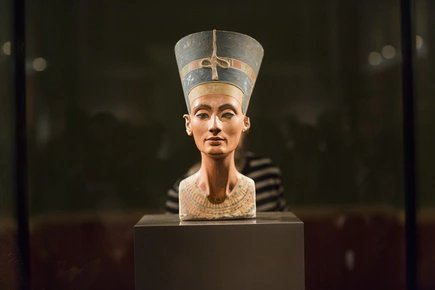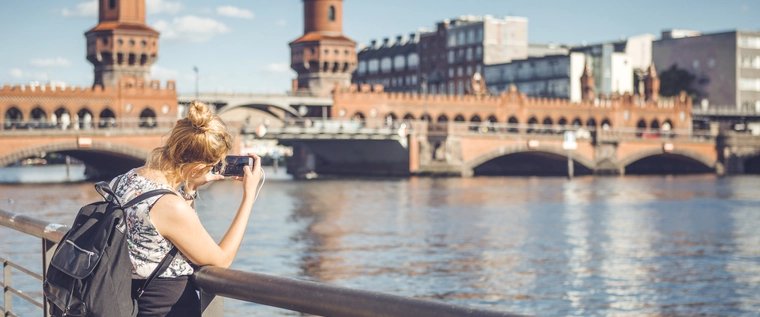
with Emanuele Marconi, Director of the Museum of Musical Instruments (Musikinstrumenten-Museum). In Italian
In this Italian-language tour, after a brief introduction to the history of the museum and its architecture in relation to the Kulturforum, visitors will take a journey through the Italian Baroque period.
The tour begins with the rich production of harpsichords, spinet and virginals, such as the harpsichord by the Venetian Vito Trasuntino (1560) or the spinet by Domenico Pisaurensis (1540-1560).
The Republic of Venice, with its political stability, sound financial situation, and strong encouragement of the arts, attracted many violin makers and musicians from other countries: there was a special link between German violin makers and the lagoon city, as exemplified by Christian Koch's richly decorated theorbo (ca. 1650) or Matteo Goffriller's violin (1698).
After analyzing the reasons for German immigration to Venice, Padua, Bologna, Rome, and Naples, we will continue our exploration of instrument making in northern Italy, in the city of Cremona with a violin by the best-known violin maker, Antonio Stradivari (1720), in Turin with Carlo Palanca's oboe (ca. 1770), and then move on to Milan and Rome with two pandurines by Domenico Brambilla (1768) and Giovanni Smorsone (1736).
The tour will conclude by arriving in Naples with the violin (ca. 1750) and viola d'amore (post-1700) of members of the Gagliano family.
(IN ITALIAN)
Additional information
Price info: plus 3 euros guide fee
Price: €10.00
Reduced price: €5.00
Price: €10.00
Reduced price: €5.00
Dates
May 2025
| Mo | Tu | We | Th | Fr | Sa | Su |
|---|---|---|---|---|---|---|
1
|
2
|
3
|
4
| |||
5
|
6
|
7
|
8
|
9
|
10
|
11
|
12
|
13
|
14
|
15
|
16
|
17
|
18
|
19
|
20
|
21
|
22
|
23
|
24
|
25
|
26
|
27
|
28
|
29
|
30
|
31
|






